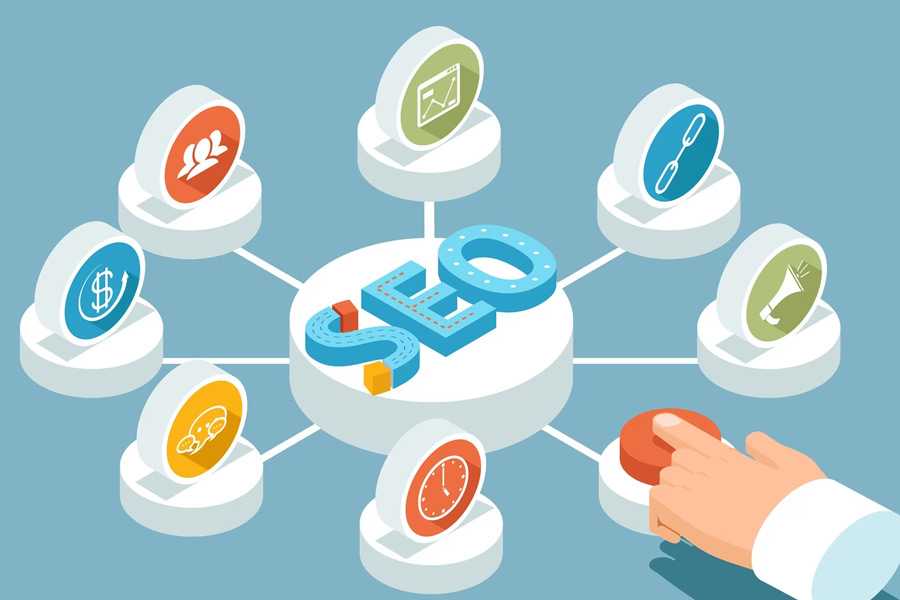Mastering On-Page SEO: A Step-by-Step Guide
In the world of search engine optimization (SEO), on-page optimization plays a crucial role in enhancing your website’s visibility and rankings. On-page SEO involves optimizing various elements on your web pages to make them search engine-friendly and user-friendly. By implementing effective on-page SEO techniques, you can improve your website’s organic traffic, user experience, and overall search performance. In this step-by-step guide, we will walk you through the essential strategies to master on-page SEO and drive your website’s success.
Step 1: Keyword Research and Selection
The first step in on-page SEO is conducting thorough keyword research. Identify the keywords and phrases that your target audience is using to search for your products, services, or information related to your industry. Utilize keyword research tools to find relevant keywords with adequate search volume and moderate competition. Select a primary keyword for each page, along with a few secondary keywords that support the main topic.
Step 2: Optimizing Meta Tags
Meta tags provide information about your web pages to search engines and users. Optimize the following meta tags to improve your on-page SEO:
- Title Tag: Craft a compelling and keyword-rich title tag (within 60-70 characters) that accurately describes the page content and encourages clicks in search results.
- Meta Description: Write a concise and persuasive meta description (within 150-160 characters) that summarizes the page’s content and entices users to click through to your website.
Step 3: Creating High-Quality and Relevant Content
Content is the heart of on-page SEO. Develop informative, engaging, and original content that satisfies the search intent of your target audience. Focus on the following aspects:
- Keyword Placement: Incorporate your primary and secondary keywords naturally within the content, headings, and subheadings. Maintain keyword density within a reasonable range (around 1-2%) to avoid keyword stuffing.
- Readability: Ensure your content is easy to read and understand. Use clear headings, subheadings, bullet points, and short paragraphs to enhance readability.
- Unique and Valuable Content: Offer unique insights, expert advice, or valuable information that distinguishes your content from competitors. Aim to provide a comprehensive resource that satisfies user queries.
Step 4: Optimizing Heading Tags
Heading tags (H1, H2, H3, etc.) are essential for organizing your content and signaling its structure to search engines. Optimize heading tags by:
- Including Primary Keywords: Place your primary keyword within the H1 tag, which is usually the main heading of the page. Use H2 and H3 tags for subheadings, incorporating relevant keywords where appropriate.
- Maintaining Hierarchy: Ensure a logical hierarchy of headings, with H1 as the main title followed by relevant subheadings. This structure helps search engines understand the content flow and enhances user experience.
Step 5: URL Structure and Internal Linking
URL structure and internal linking contribute to both SEO and user experience. Follow these practices:
- SEO-friendly URLs: Create short, descriptive, and keyword-rich URLs that reflect the page’s content. Avoid using complex characters or unnecessary parameters.
- Internal Linking: Include internal links within your content to connect relevant pages on your website. This helps search engines discover and crawl your pages more effectively, while also providing users with additional resources and improving navigation.
Let SEO and Bower Web Solutions Drive Your Website’s Success
Mastering on-page SEO is vital for improving your website’s visibility, organic traffic, and overall search engine rankings. By following this step-by-step guide, you can optimize your meta tags, create high-quality content, optimize heading tags, structure URLs, and implement internal linking strategies effectively. Remember to monitor your website’s performance and analytics regularly.

